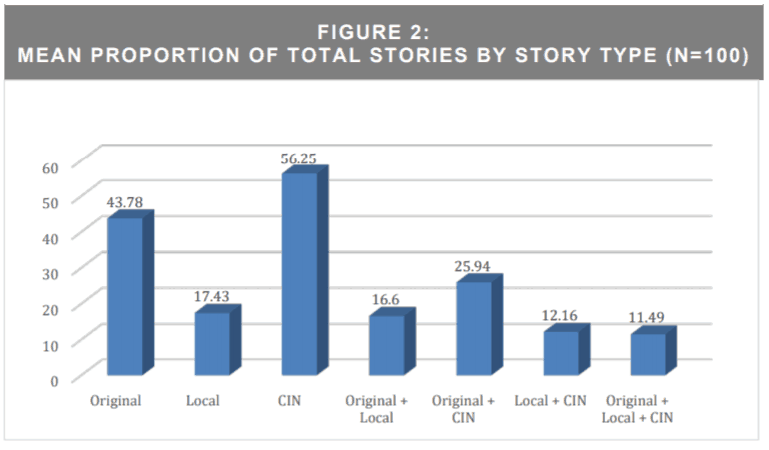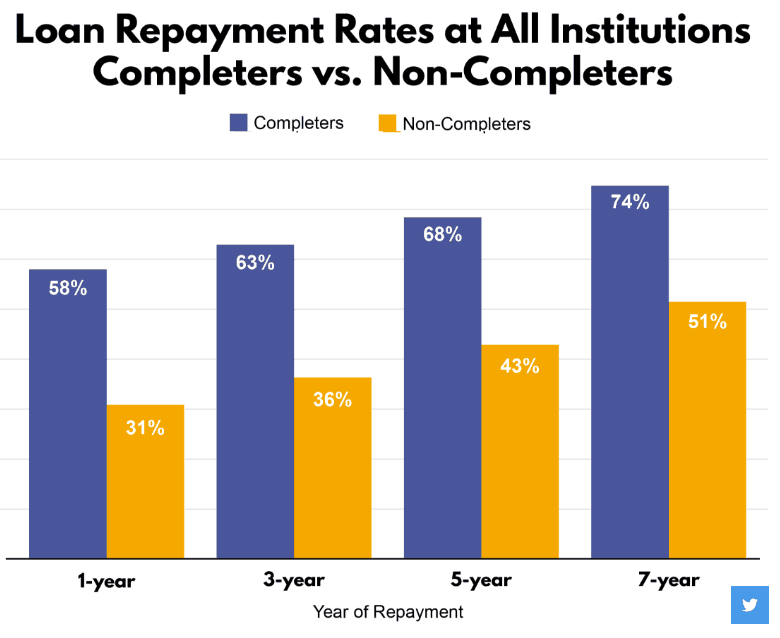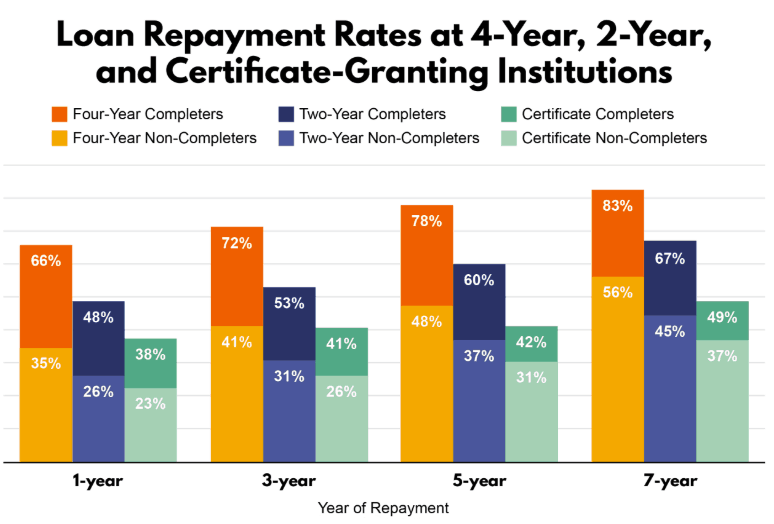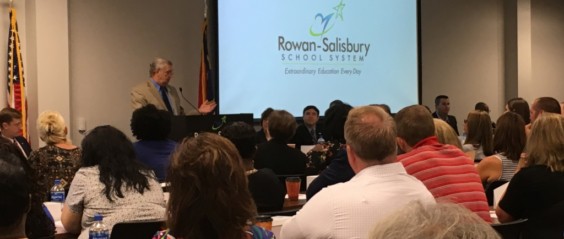The Other 49
Massachusetts’ Department of Public Health released a report this week that contains lessons for North Carolina’s fight against the opioid crisis. The report looked at 4,302 opioid-related deaths by industry from 2011-2015 and found that workers in construction, extraction (i.e. mining, drilling), farming, fishing, and forestry had the highest rates of opioid-related deaths. Specifically:
- The opioid-related death rate for construction and extraction workers was six times the average rate for all Massachusetts workers at 150.6 deaths for every 100,000 workers
- Workers in farming, fishing, and forestry had an opioid-related death rate of 143.9 per 100,000, which is five times the average rate
The death rate was highest for workers in industries with high rates of work-related injuries, demonstrating how prescribing opioids for pain management of work-related injuries can lead to addiction and overdose. The report also found that the death rate was higher for workers in industries with lower availability of paid sick leave and lower job security.
In the News
We’ve all experienced or heard stories of local newspapers struggling or shutting down, but we know less about the characteristics of those local communities and what news they are left with once a newspaper shutters its doors. A new assessment of local journalism out of the Duke Sanford School of Public Policy looked at over 16,000 news stories from 100 randomly sampled communities across the country and found:
- Only 17% of news stories provided to a community are local, defined as actually about or having taken place in the muncipality
- About 43% of news stories provided to a community are produced by the local media outlet
- 56% of news stories provided to a community address critical information needs (CIN in graphic below)

The study also found that the following characteristics impacted the type of news in a community:
- Distance from a large media market — communities closer to large media markets have less robust local journalism
- Number of universities — communities with more universities have more robust local journalism
- Hispanic/Latino population — communities with greater shares of Hispanic/Latino residents have less robust local journalism
For Your Consideration
It may seem obvious, but students who graduate college are more likely to pay back their student loans. Third Way released a new report this week looking at loan repayment rates of different groups of students. The study found that students who graduate are 20 percentage points more likely to begin paying down their loan principal than non-completers.

The report also broke down repayment rates by types of institution attended.

Given the amount of student loan debt in the U.S. today, this study suggest focusing on helping students graduate is one way to address the problem.
What we're reading
Rowan-Salisbury Schools kicks off renewal school district
Rowan-Salisbury Schools will start the school year as a "renewal school district," meaning all schools in the district will be granted charter-like flexibility. This will be the first of its kind in North Carolina.... Read the rest-
Medicaid Changes Get Closer to Reality
-
Blockchain for Government Has Already Arrived
-
Universities, chasing the startup economy, reshape urban real estate
-
‘Mossy cells’ offer new target in fight against brain disorders
-
Workplace Wellness Programs Don’t Work Well. Why Some Studies Show Otherwise.
-
Why Proven Solutions Struggle to Scale Up


